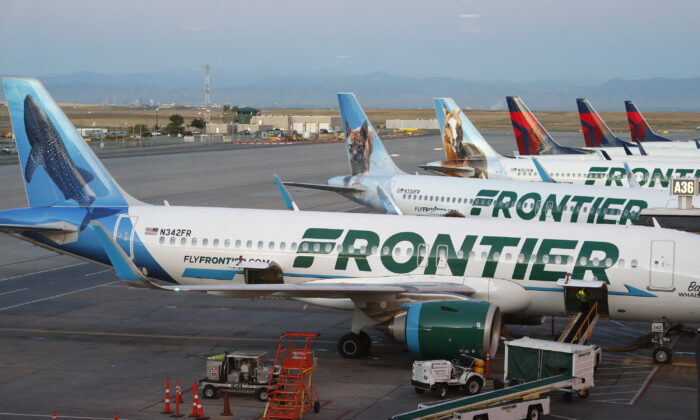The revised urban plan for the nation’s third busiest airport includes new commercial development with direct airport access. Denver International Airport (DIA) anticipates reaching 100 million passengers by 2027 and aims to capitalize on this growth by introducing new business developments surrounding the airport.
The Aerotropolis Regional Committee recently unveiled the Colorado Aerotropolis, a multi-billion urban plan for the region. DIA’s Senior Vice President of Real Estate, Ken Cope, highlighted the availability of ample land for development near the airport, a unique advantage compared to other airports facing space constraints.
Established in 1995 on 33,531 acres of city and county land, DIA replaced the former Stapleton Airport. Boasting the nation’s longest runway at 16,000 feet, DIA is the sixth busiest airport globally, serving 73 million passengers annually.
With six active runways and approval for six more, DIA has 16,000 acres of undeveloped land. An aerotropolis is a concentrated area near an airport facilitating commercial development to benefit both the airport and the region.
Additional partners in the Colorado Aerotropolis project include neighboring Adams County, Aurora, Brighton, Commerce City, Federal Heights, and Thornton. The initiative aims to attract businesses looking to leverage Colorado’s skilled workforce and foster economic growth in the region.
Studies suggest that the Colorado Aerotropolis could generate 74,000 new jobs by 2040, increase property values by $30 billion, and yield up to $630 billion in tax revenue. The plan envisions 75,000 new housing units for construction workers in the Aerotropolis.
Aerotropolis developments typically focus on commercial and industrial sectors like business parks, distribution centers, and hospitality venues. The project aims to capitalize on Colorado’s educated workforce and innovative research institutions to attract businesses.
Success stories like the Lake Nona Aerotropolis in Orlando and Dallas-Forth Worth International Airport in Texas demonstrate the potential economic benefits of such developments. DIA’s focus is on attracting the right developers and partners to maximize the airport’s land potential over the coming decades. Could you please rephrase that?
Source link





